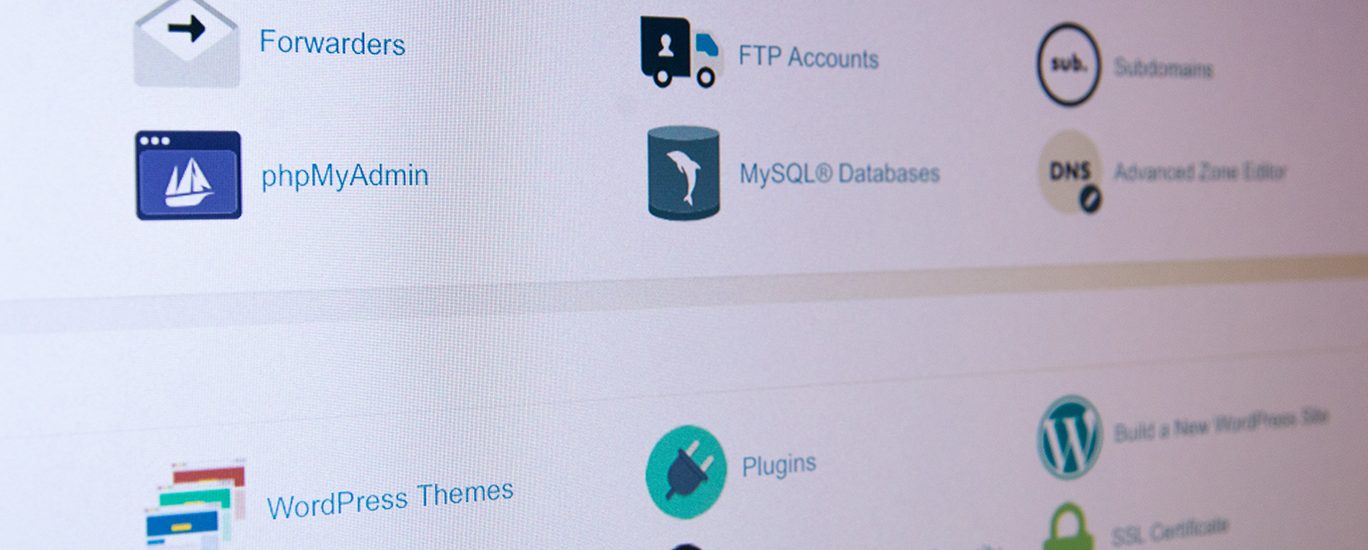Whether you’re just starting out, or you have an existing website, it can be tricky to know which web hosting plan is the right one for you.
In this post, we break down the main considerations you’d want to include in your decision. But of course, if you’re still a bit stuck, our friendly sales and support team are on-hand 24/7 to help you make the right choice – simply give them a call or an email any time.
What’s the difference between web hosting plans?
Resources, resources and more resources. Web hosting plans differ in how many resources they will give your website in a number of different ways. Some of the most common metrics are:
- CPU speed
- Memory limit
- Disk I/O speed & limit
- Inode limit
- Bandwidth limit
Additionally, web hosting plans will all offer a different range of features or feature limits. Some of the most common ones include:
- Backups
- SSL certificate(s)
- DNS hosting
- The number of addon/parked/sub-domains you can add
- The number of databases you can create
How to decide what plan will be adequate to host your website
There are a few factors that you’ll want to consider here:
- How big your website is (if you already have one) in terms of the disk space it uses. This is a clear-cut resource requirement that may rule out plans that don’t offer enough disk space to house your website. If you don’t have a website yet, this will matter a little less, and you can ultimately start with a small plan and upgrade as needed. For existing website owners, however, disk space is a solid metric that you will need to tick off when selecting a plan.
- How much activity your website has. Your website’s visitors will each take up a little share of your website’s resource limits while they are browsing, in particular, memory (RAM), I/O limit and CPU. It’s not easy to determine how much of these resources each user will take up, so this requires a little guesswork and estimation, followed by monitoring your resource usage to see if any metrics are frequently being capped. To track the memory, disk I/O and CPU usage, you can log into your cPanel account and select the “Resource Usage” icon. Then, choose “current usage” and select a time frame of at least a week – although, the longer, the better, as you will then be able to see more data. “CPU Usage”, “I/O Usage” and “Physical Memory Usage” are the 3 main graphs you want to look at. Simply ensure that your “average” green lines are not frequently touching your red “limit” lines. If they are often touching – it’s time to upgrade to a plan offering a higher amount of the resource being used up. Because you cannot always see in advance what your usage of these 3 metrics will be, the best option is to simply make an estimation to begin with, monitor as described, and adjust your plan as needed. This will help you to indeed find your minimum resource requirements.
If you’re just starting out, or have an existing website that doesn’t see too many concurrent visitors, most business-grade web hosting plans should suffice, so long as the disk space offered is enough to fit your website. An average WordPress website is generally around 500mb in size, but with a lot of images, this can increase.
Web hosting plan selection: Choosing what you need, or what you want? …Why not both?
There are two distinct sides to choosing a web hosting plan. To a point, your website will need a certain amount of resources to run smoothly with the amount of traffic that it receives.
Up to this point, you would mostly be choosing a web hosting plan by looking at the resource statistics, estimating what you’ll need, and finally, monitoring your resource usage to see how your website performs with your chosen limits.
Once you have detected the adequate resources your website needs to perform at an acceptable level, things change more to the “want” side. Perhaps, you’ve found a plan that runs your website well, but with a few extra resources, your website could offer your visitors a significantly faster experience. Higher CPU’s process your visitor’s requests faster, while higher memory limits will help to handle more visitors at once. Having a faster website could also save you a lot of time when updating or administering your website, by being able to load and move between your pages or products much, much faster.
Think of your web hosting as the engine behind your website. A humble Mazda engine will do the job and get you around, but a Ferrari engine can make the journey a lot quicker. Thankfully, the price difference between adequate hosting plans and supercharged hosting plans is far more affordable than you might think nowadays – you can have more of a Ferrari performance for closer to the Mazda price tag than ever before!
For example, business hosting plans (at the time of writing) will usually cost you between about $18 – $36 AUD per month. But for only a little over ten bucks more, you’d find yourself in reach of premium hosting plans that generally offer up to double or more resources – and therefore, supercharged speed!
In summary, once you’ve identified an “adequate” web hosting plan for your website, any higher hosting plan will simply bring you better and better performance, and ultimately a better experience for your users. And so, with premium hosting pricing being just a small step up from regular business hosting plans, it’s now certainly possible to nourish your website, and your customers, with an extra power boost without breaking the bank!
As always, if you have any questions about this post or our shared hosting, VPS, reseller or dedicated server plans, simply call us on 1300 MY HOST (694 678) during business hours, or submit a ticket through our Support Portal and one of the crew will be in touch!










